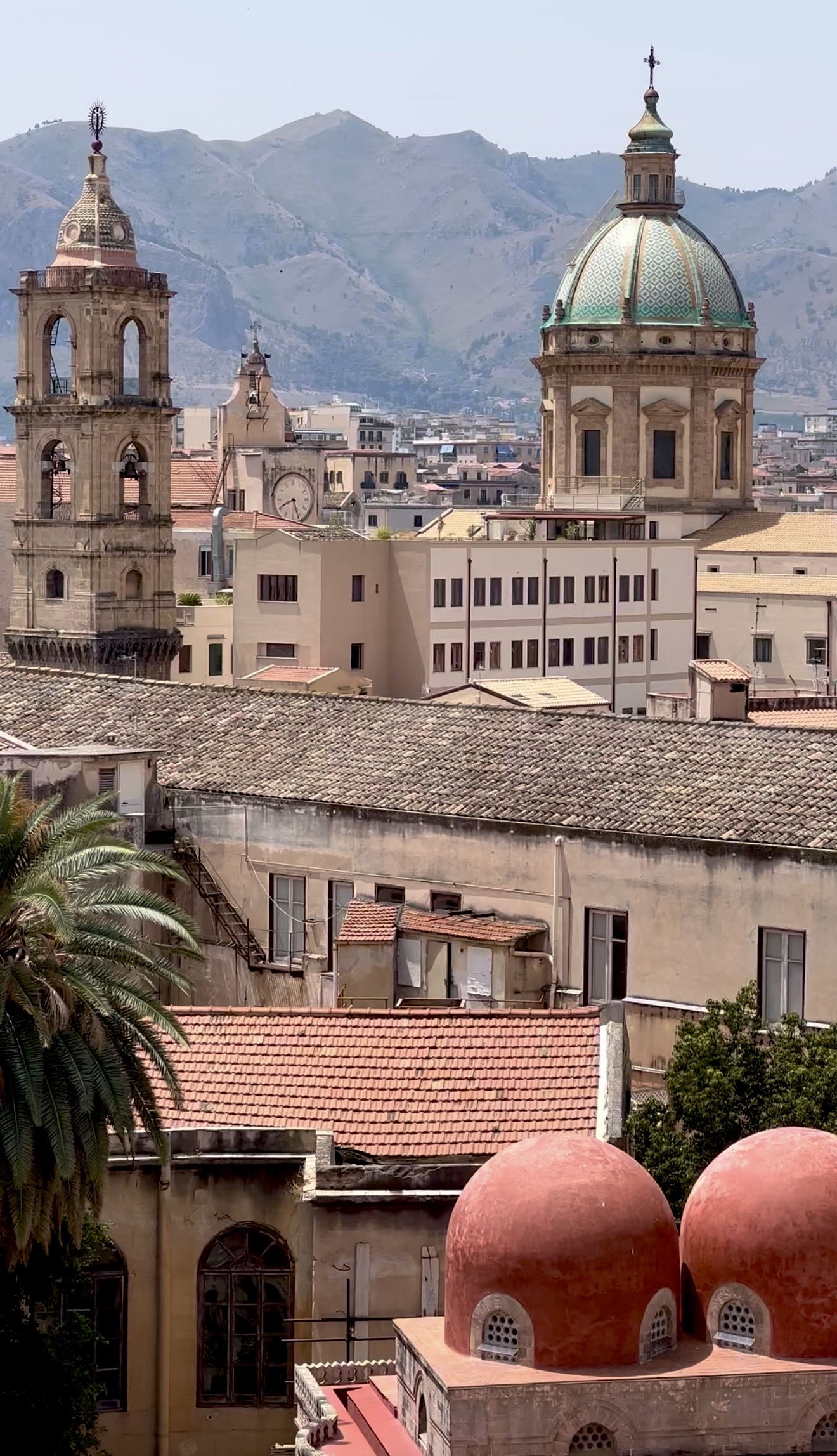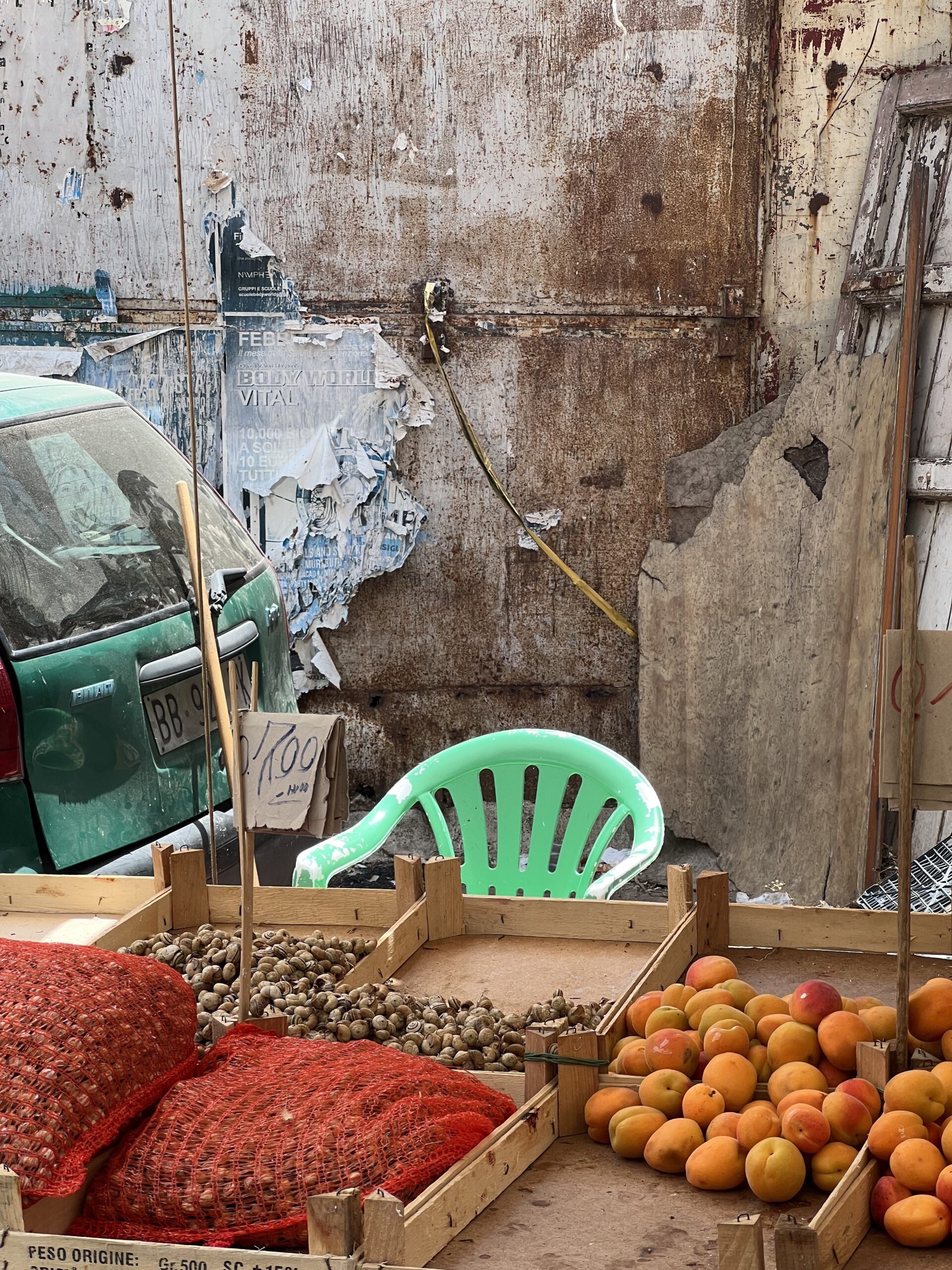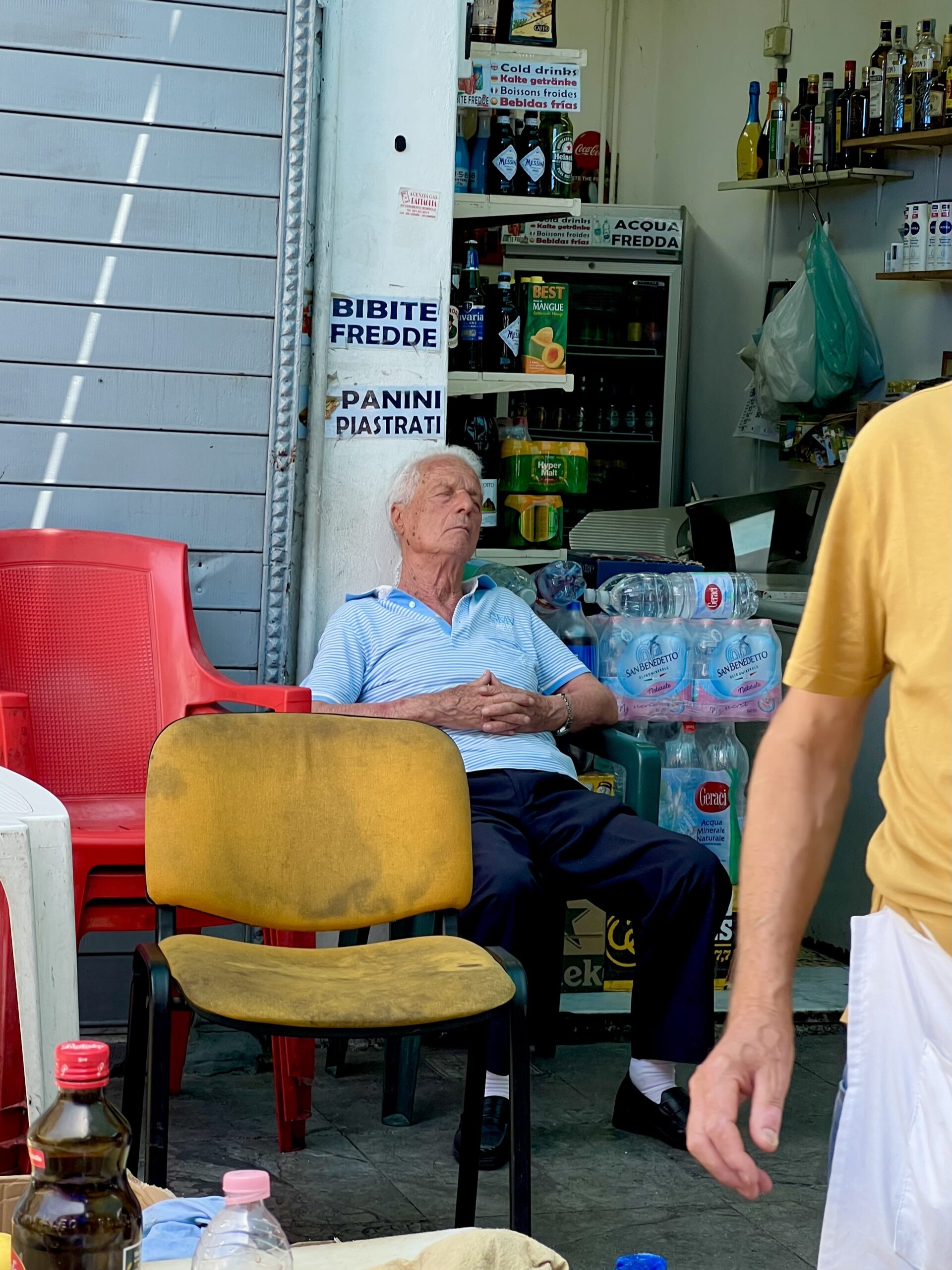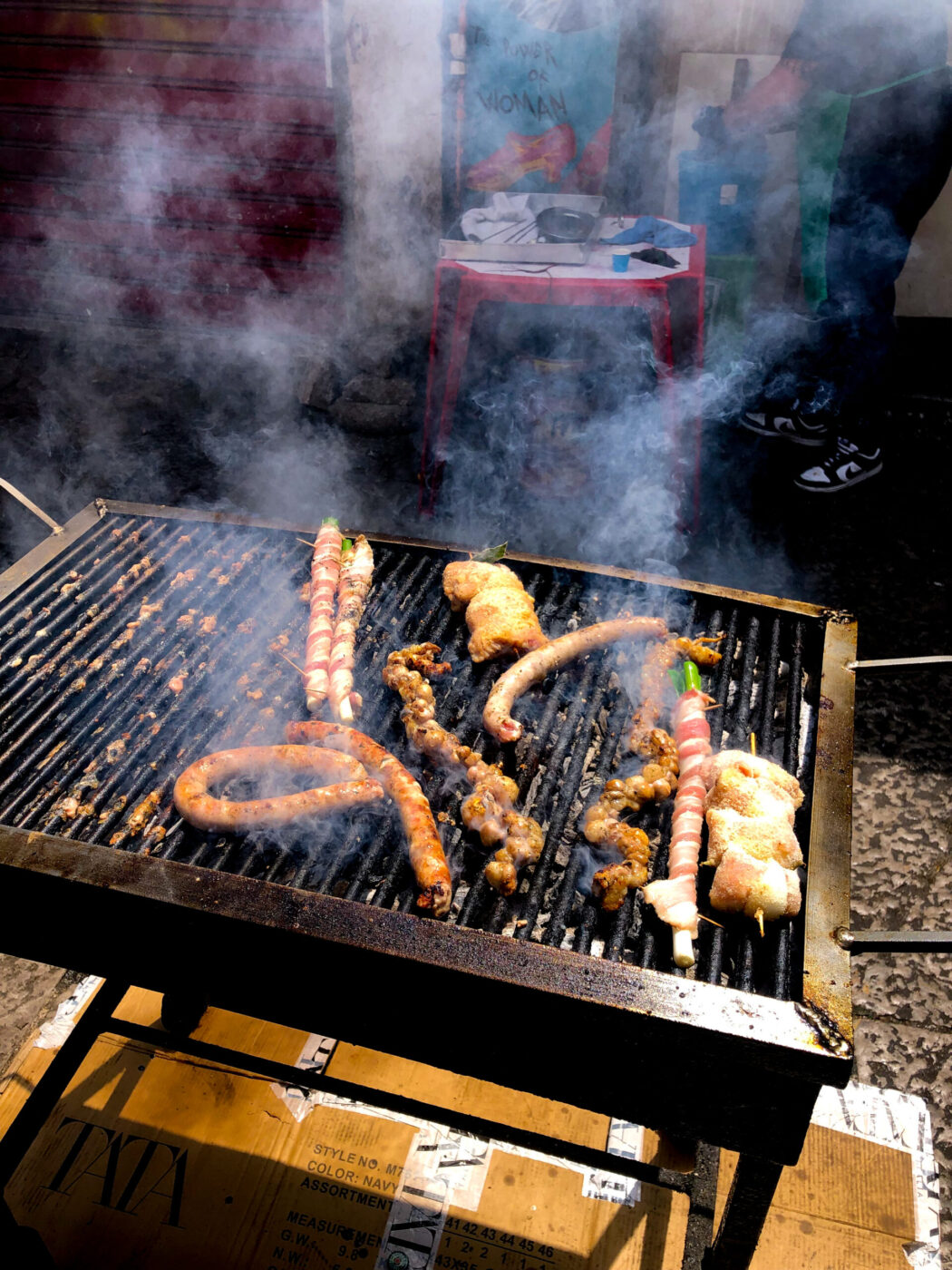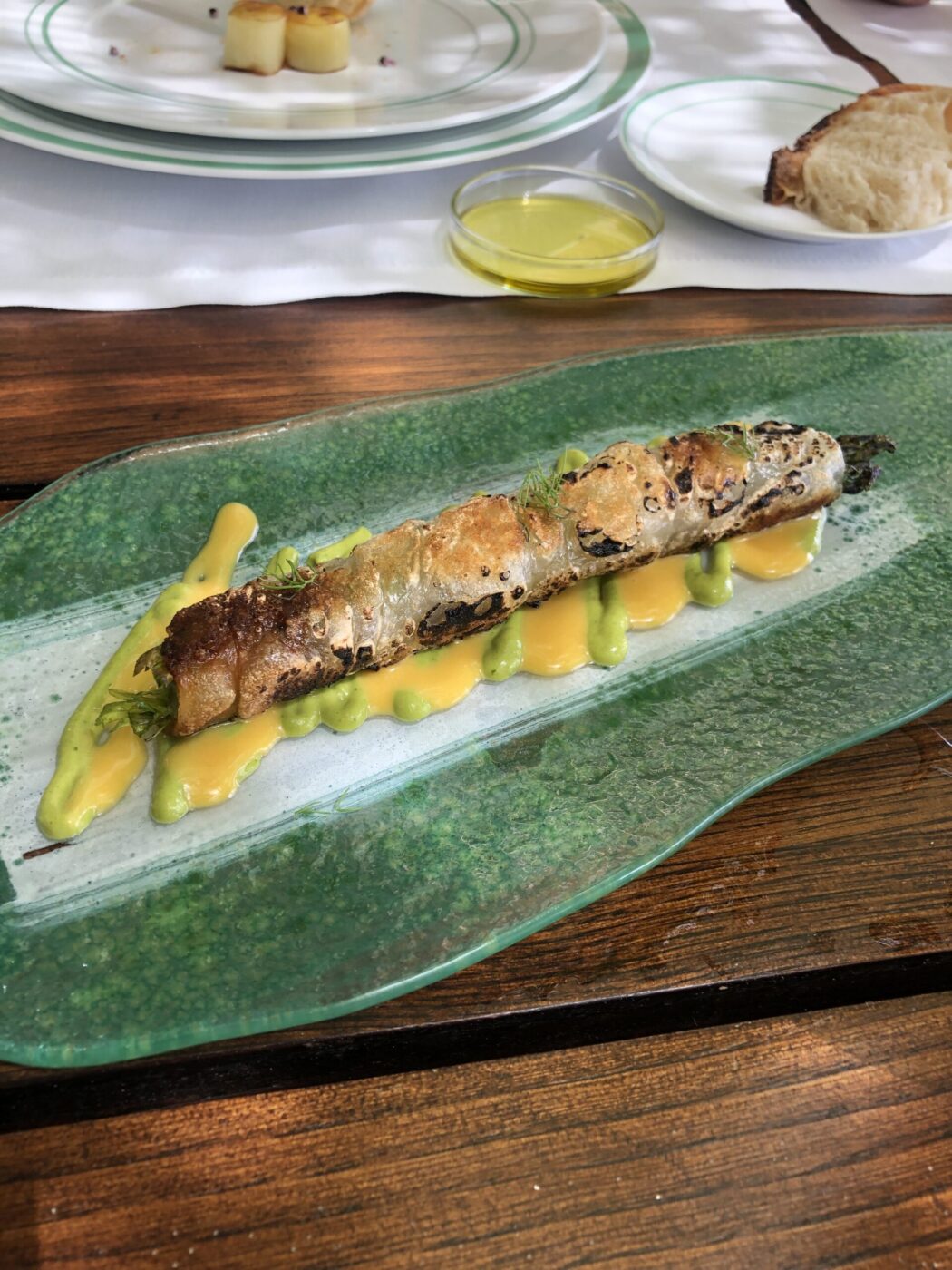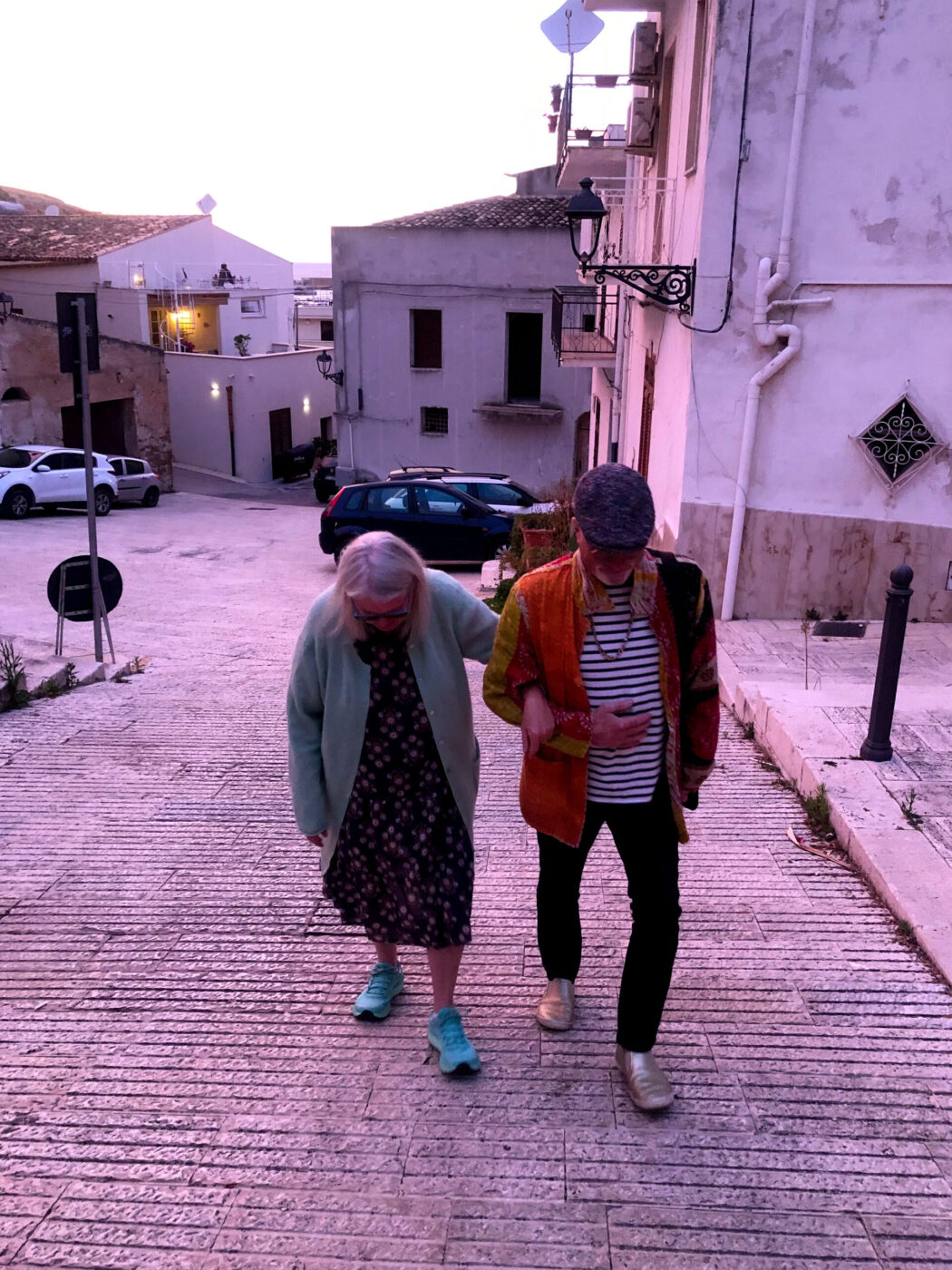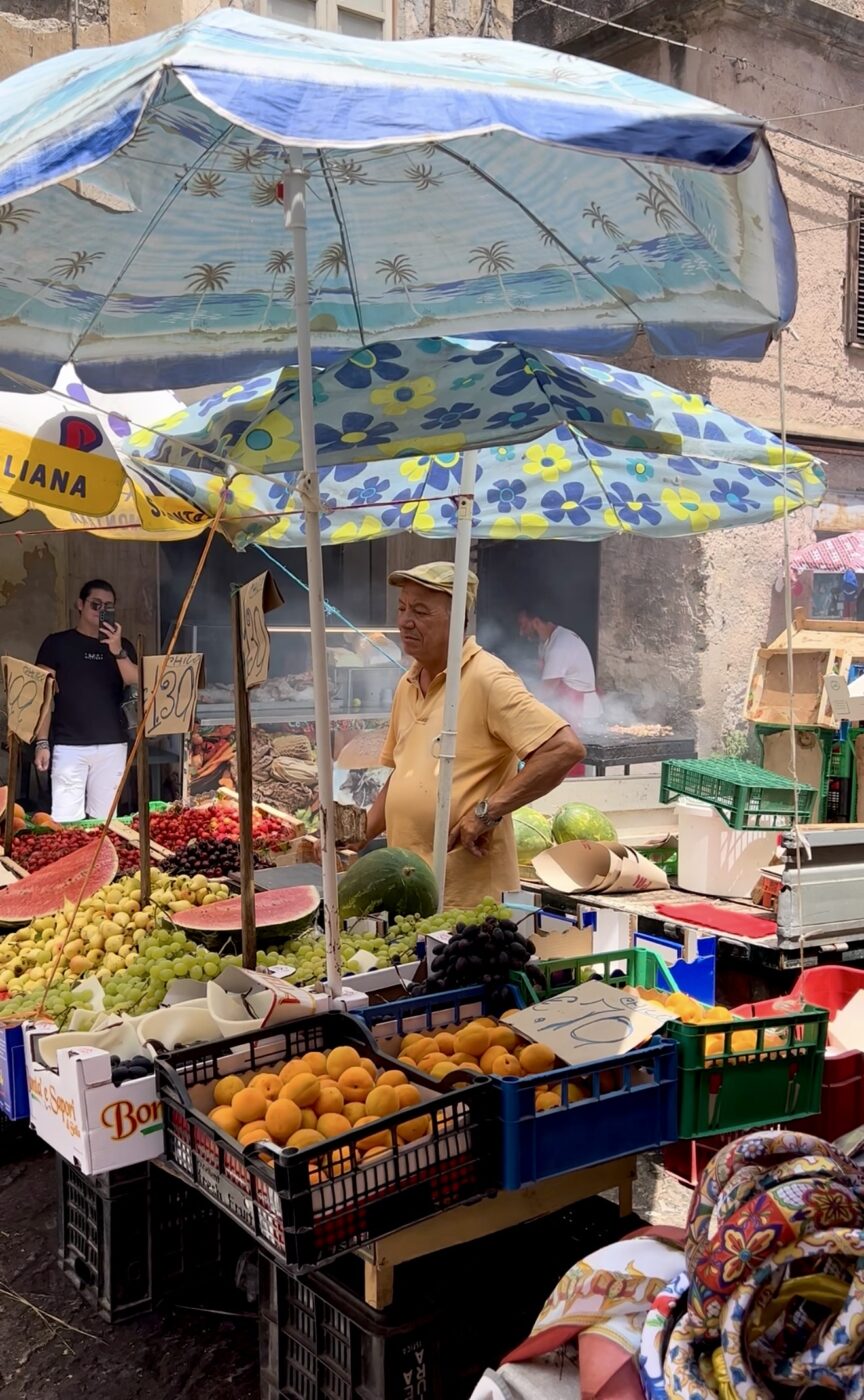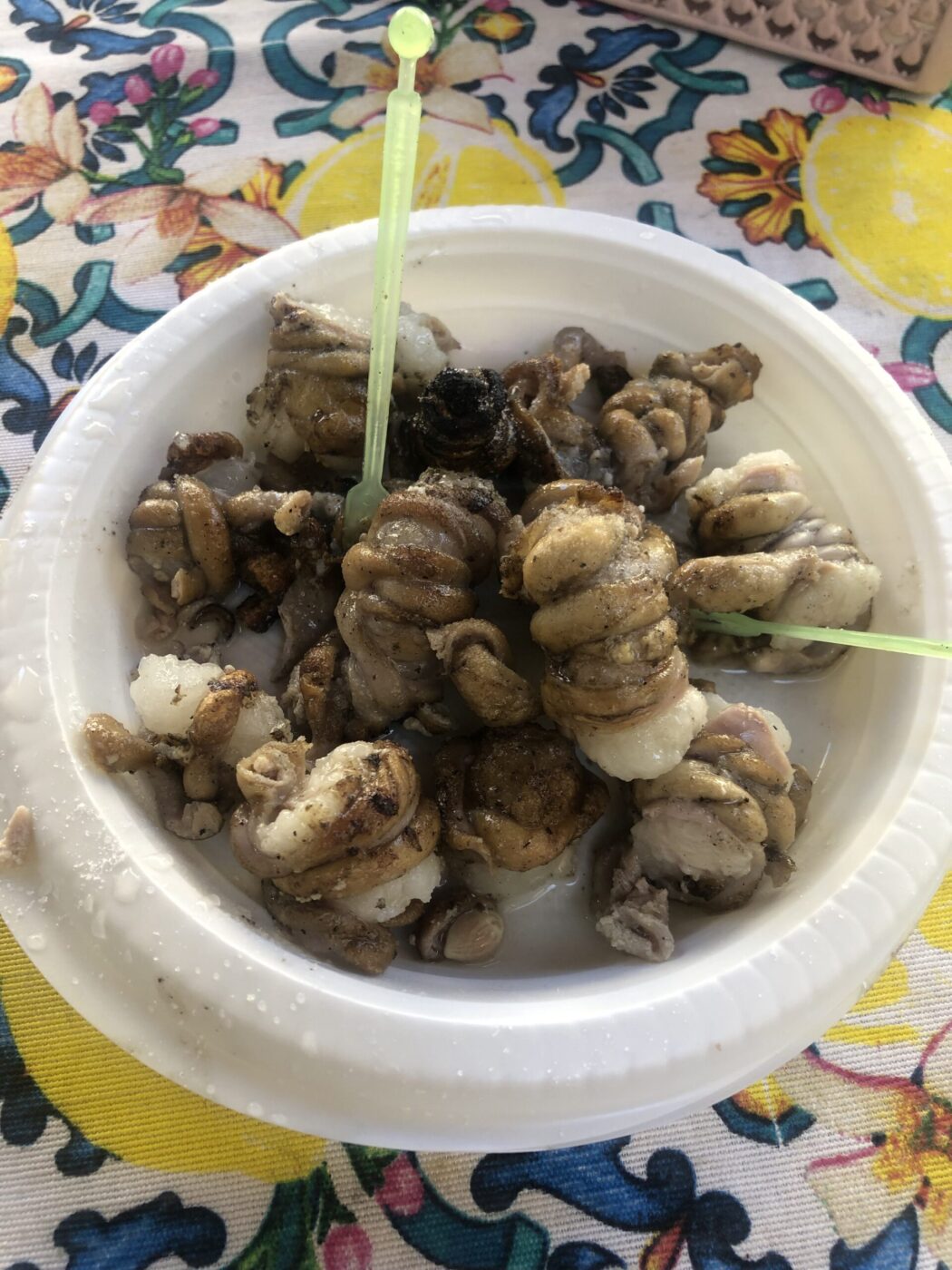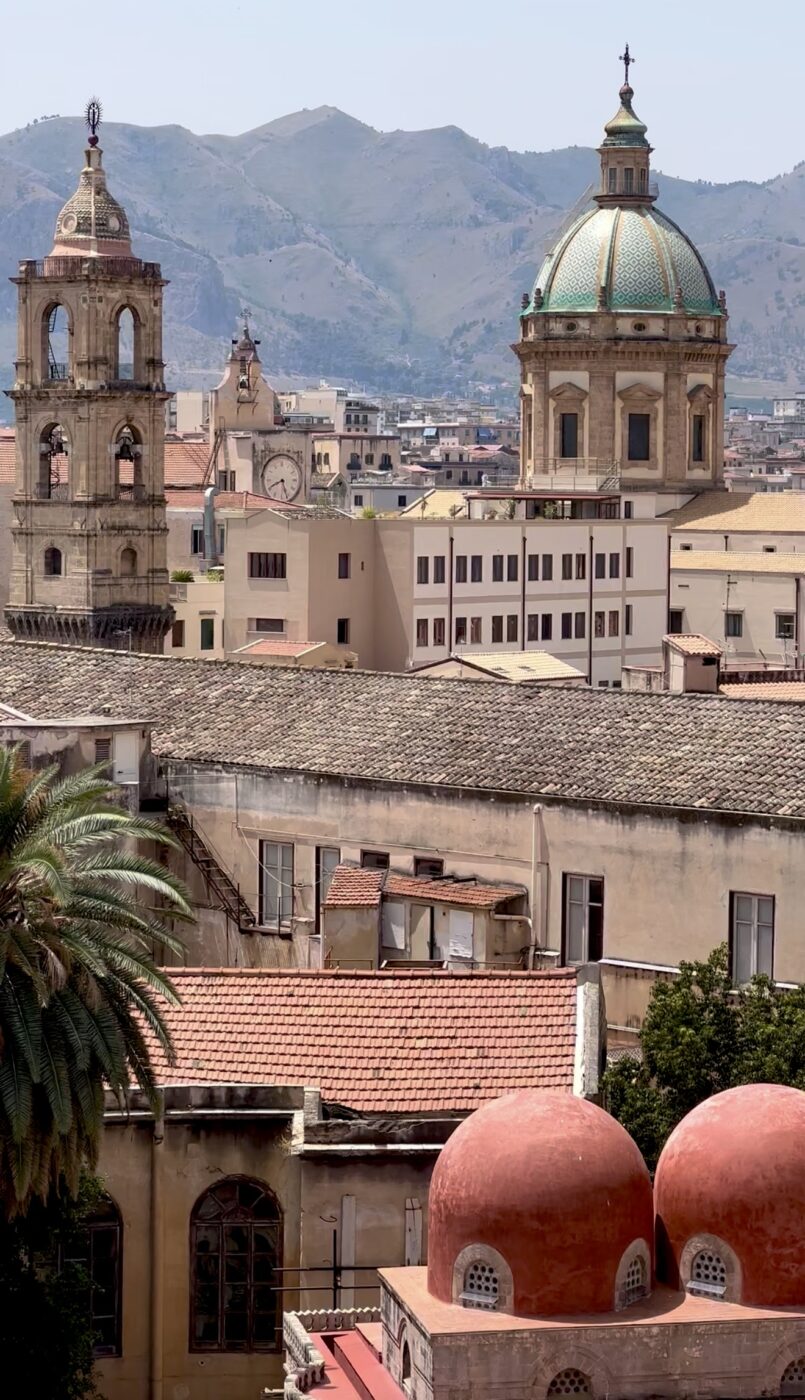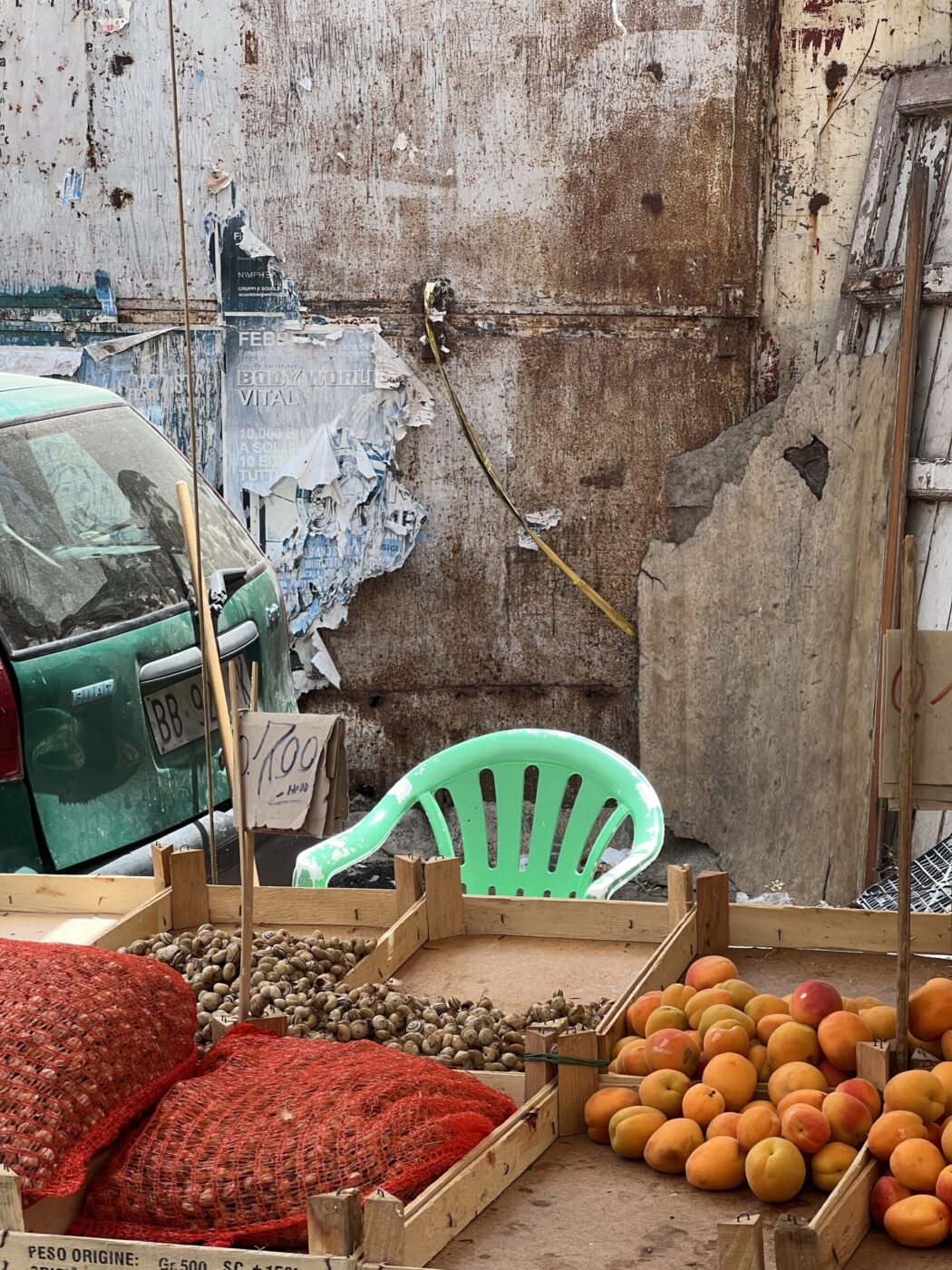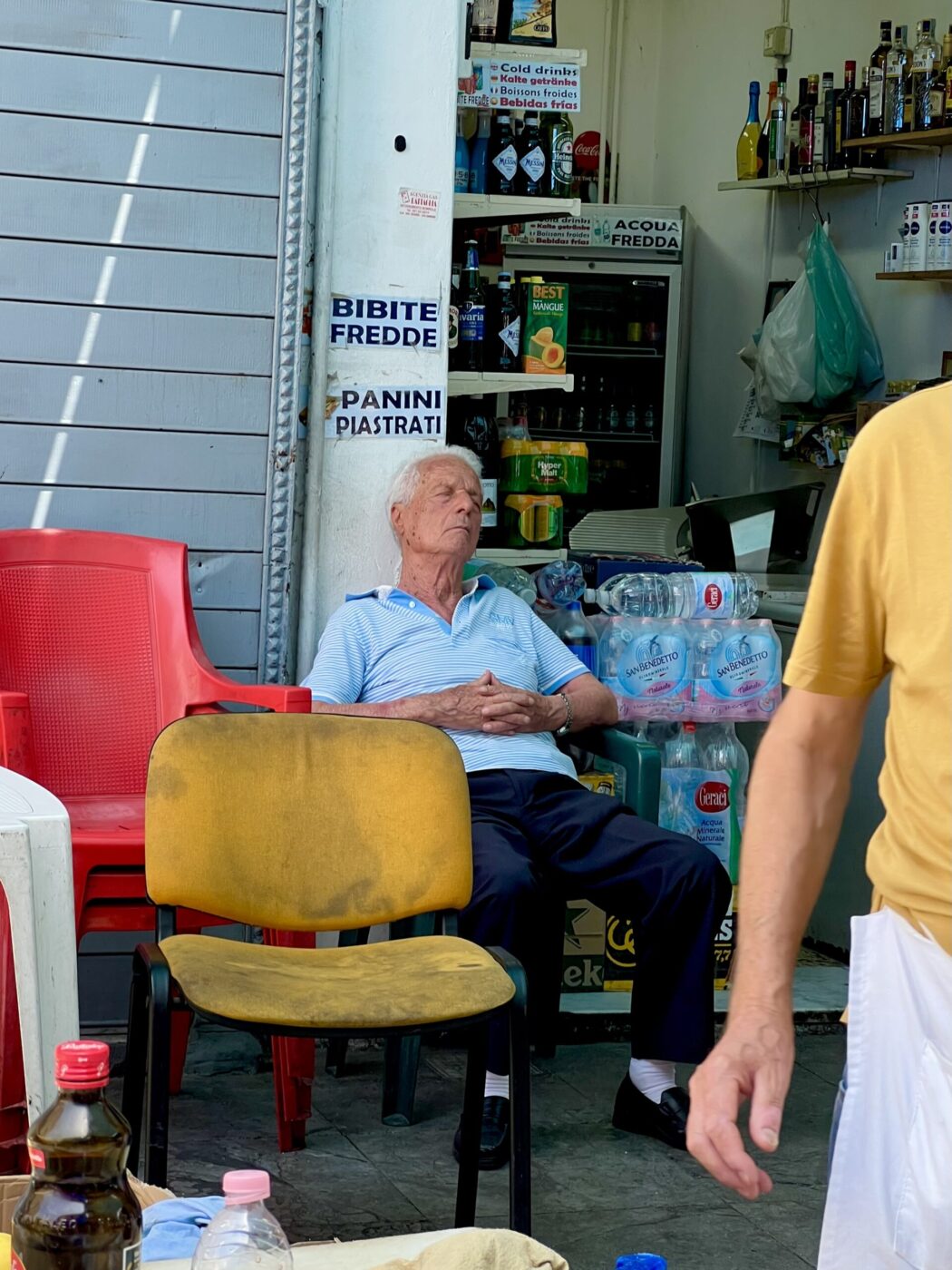Moving to Italy has entered the chat. Whether it’s been a lifelong dream, a migratory necessity, or a recent escapist fantasy, the idea has been cropping up in the popular consciousness a lot lately. In the past six months alone, CNN, Business Insider, and The Guardian have all run pieces about migrating from the US to “The Boot”. Guides, warnings, complaints, and first-hand accounts are popping up all over the place. Even my substack feed is full of articles debating the pros and cons of it.
Numberwise, it is a real phenomenon. According to the National Institute of Statistics, 760,000 people have immigrated to Italy in the past two years, a 30% increase from the two years before that. On the flipside, 270,000 Italians have emigrated from the country abroad. In a country of 59 million people, that isn’t extraordinary, but also not insignificant. Populations ebb and flow; it’s what they do. This time next year, my folks are hoping to be on the flow side of it all.
My two recently retired parents spent most of May investigating southern Italian towns they could spend the next part of their lives in. And although they have lived in California for the last 36 years, the move is not completely out of the blue. They have their reasons—two grandkids in Europe they want to be closer to, chief among them. They’ve always wanted to live abroad, but never had the chance. Italy’s offering a tax break and a visa, so why not? Italy’s offering, well, Italy and everything that comes with it too. What that means is in the eye of the beholder.
In order to benefit from the Italian immigration scheme, they must settle in a comune with a maximum population of 20,000 in Sicily, Calabria, Sardinia, Campania, Basilicata, Abruzzo, Molise, or Puglia. It’s an effort to repopulate the villages in southern Italy that have lost residents to larger metropolises. My parents, with beach on their brain, started in Calabria and drove down to Sicily where I met them for a week. They wanted to scope out places around Scopello, Castellammare del Golfo, and Porto Palo. Their vacation had a purpose. But mine? I was just there to eat. Specifically, to eat guts. I was in Sicily looking for stigghiola, the iconic Palermitano street food made from the flame-broiled innards of veal or lamb. You smell the stigghiola before you see it, the smoke from the stigghiolaru’s grill filling the air like a distress signal for two city blocks in every direction. When you finally make your way through the exhaust, the stigghiola themselves don’t seem unfamiliar at all. In fact, they look like the bacon wrapped hotdogs you find outside sports stadiums primarily in the US. But instead of bacon, it’s intestine, and instead of hotdogs, they’re wrapped around spring onions. Close enough.
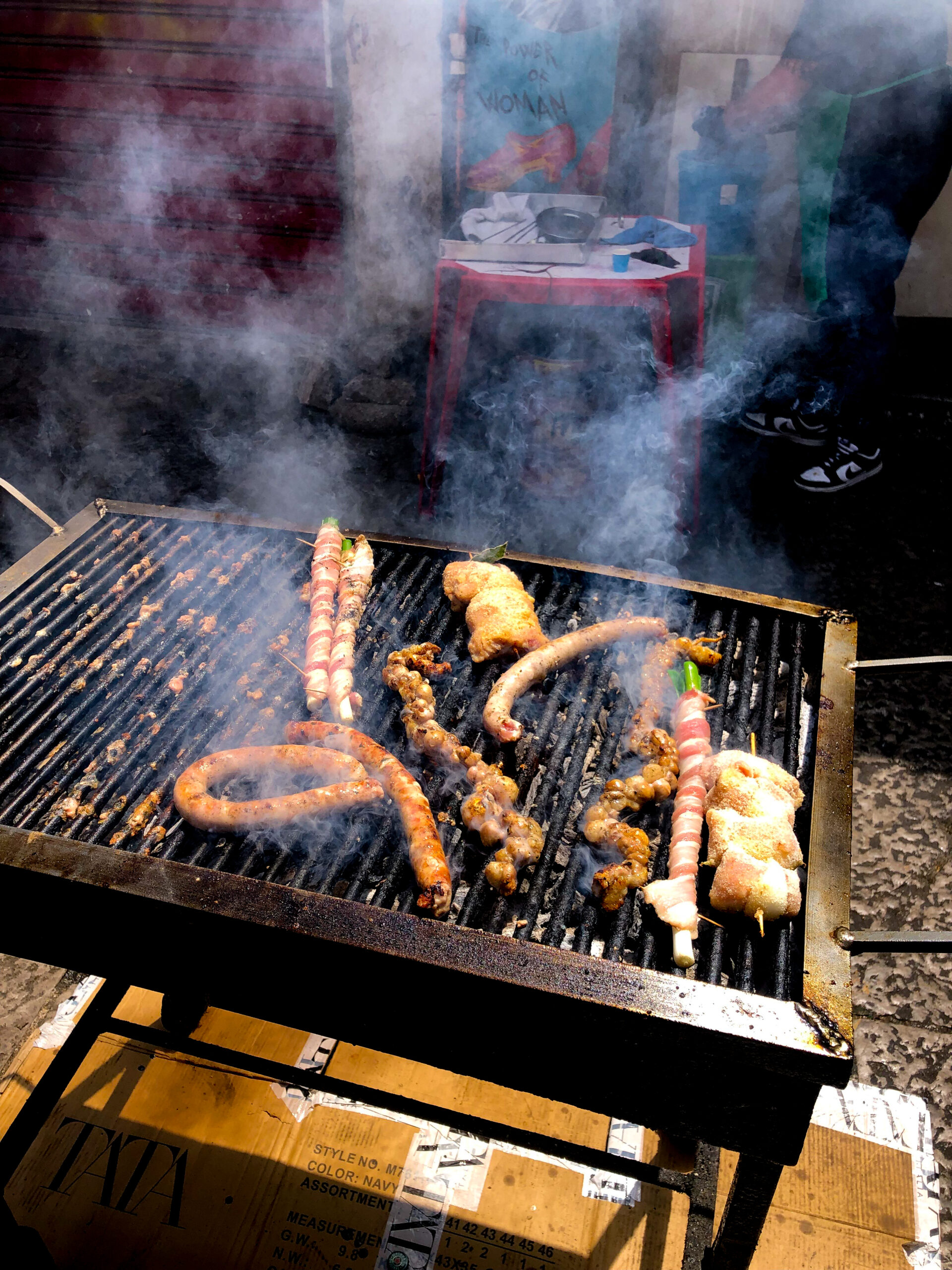
Gastronomic tourism and retirement scouting are not diametrically opposed, but they’re not completely aligned either. I could argue that all tourism is gastronomic, everybody has to eat, but my parents were far less interested in hunting down the best grilled veal intestine in Palermo than I was. First of all, we weren’t even in Palermo. Our first stop was Scopello, a manicured perch overlooking the sea, solidly belonging to the very Instagrammable part of Italy. The village is tiny and beautiful—I mean, absolutely gorgeous. This is fine for a vacation, but it didn’t feel real to my parents, or to me. Ethereal, other-wordly, and idyllic are all synonyms you could use to describe Scopello. Retirement community and intestine-forward are not. So we moved on.
Traveling with reality in mind can be problematic. It defeats the purpose, doesn’t it? You don’t find real life on vacation because that’s not what vacation is about. Still, my parents wouldn’t give up. After Scopello, we spent two nights in Porto Palo, which, off-season, is near empty. Sitting just east of Marsala, it doesn’t offer much outside of the two late summer months it gets flooded with Italian tourists seeking R&R.
In May, the beach is not very well kept and the whole town reeks of sewage.
Sounds perfect, right?
My mom thought so. It reminded her a little bit of the Hawaii she grew up in. Just the beach and nothing else. There was a gelato stand open for five hours a day serving the worst gelato I’ve eaten in my life. Needless to say, my dad vetoed Porto Palo pretty quickly. It was the flipside of Scopello, a different kind of lifelessness, not manicured but abandoned. Still, like usual, we managed to find great food. In Sicily, it’s not that hard.
There were only two restaurants open in the evenings. One of them, Kalea, fed us honest, fresh seafood, so we went twice. On our last day, we ate nearby at the Planeta winery. Their fine-dining restaurant La Foresteria gave me my first taste of “stigghiola”, a vegetable homage made from grilled asparagus wrapped in thin pastry, served with a miso mandarin sauce. Though it wasn’t the offal I craved, it was utterly divine.
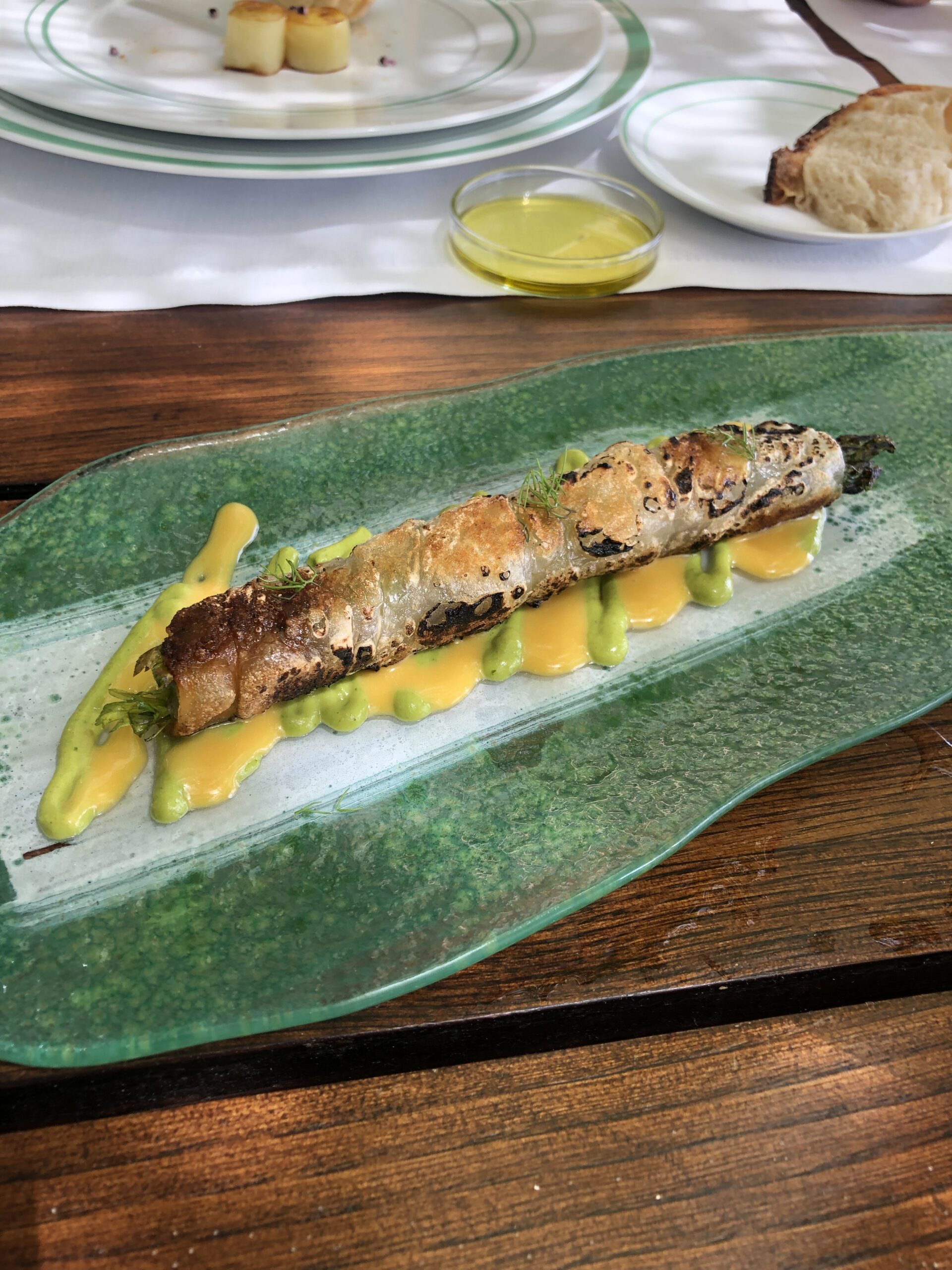
La Foresteria's “stigghiola”, a vegetable homage made from grilled asparagus wrapped in thin pastry
On to Castellammare del Golfo. A slope of a town connected to the sea, its Arabic name, Al-Madarig, translates to “The Steps.” That didn’t bode well for my father’s knees, but they can almost imagine themselves living on one of its picturesque streets. There’s plenty of property available, but something is off. The town is empty because most homes are summer residences for Palermo folk. “Hollowed out” is how my mom describes it. Again we eat well, but there is still no stigghiola to be found. I ask a man beckoning us into his restaurant if they have it, he just laughs and says no, no, Palermo, Palermo. I am looking in all the wrong places. So are my folks. In the end they find Castellammare too touched by tourism, so off we go one more time.

Jake's parents
Calabria is their answer. They enjoyed their time there before we met. Soverato, the town they were considering, felt like a “real place”. Real is a loaded word here. All the places they considered are real places and none of them are perfect. They were looking for a life that might not exist. The Italian dream, as opposed to the American one, is one of leisure. It’s easy to ignore the economic realities that emptied out many Southern Italian villages when you have a US pension to fall back on. I selfishly wanted them to choose Sicily, its dramatic cliff sides more attractive than Calabria’s flatter terrain, but Soverato, with its proximity to the beach, cheap real estate, and welcoming community is what they wanted and what they can afford. On their way back, they dropped me and my girlfriend in Palermo so I could find what I was looking for.
Finally Palermo, finally stigghiola. (I am obsessed with offal, in case it isn’t obvious.) I had read that stigghiolaru set up shop everywhere, but I couldn’t find any in the centro storico on a Sunday evening. Earlier in the day, I had passed through a sea of smoke coming off a grill full of the stuff at the famous Vucciria market but didn’t stop, incorrectly assuming it would still be there after I checked into my room. Were the stigghiolaru all at mass? I spent the whole night dragging my girlfriend through the city, searching in vain.
I went to sleep with intestines on my mind and, first thing in the morning, headed to the Ballaro market—one last hail mary before an afternoon flight. At this point I was desperate. I needed this dish like I needed to breathe. We were sweating in the May heat, walking by market stalls hoping to find the innards of my inner desires. Then, just beyond a vegetable stand, at the corner of a bakery and fruit stall, there was the Italy I was searching for.
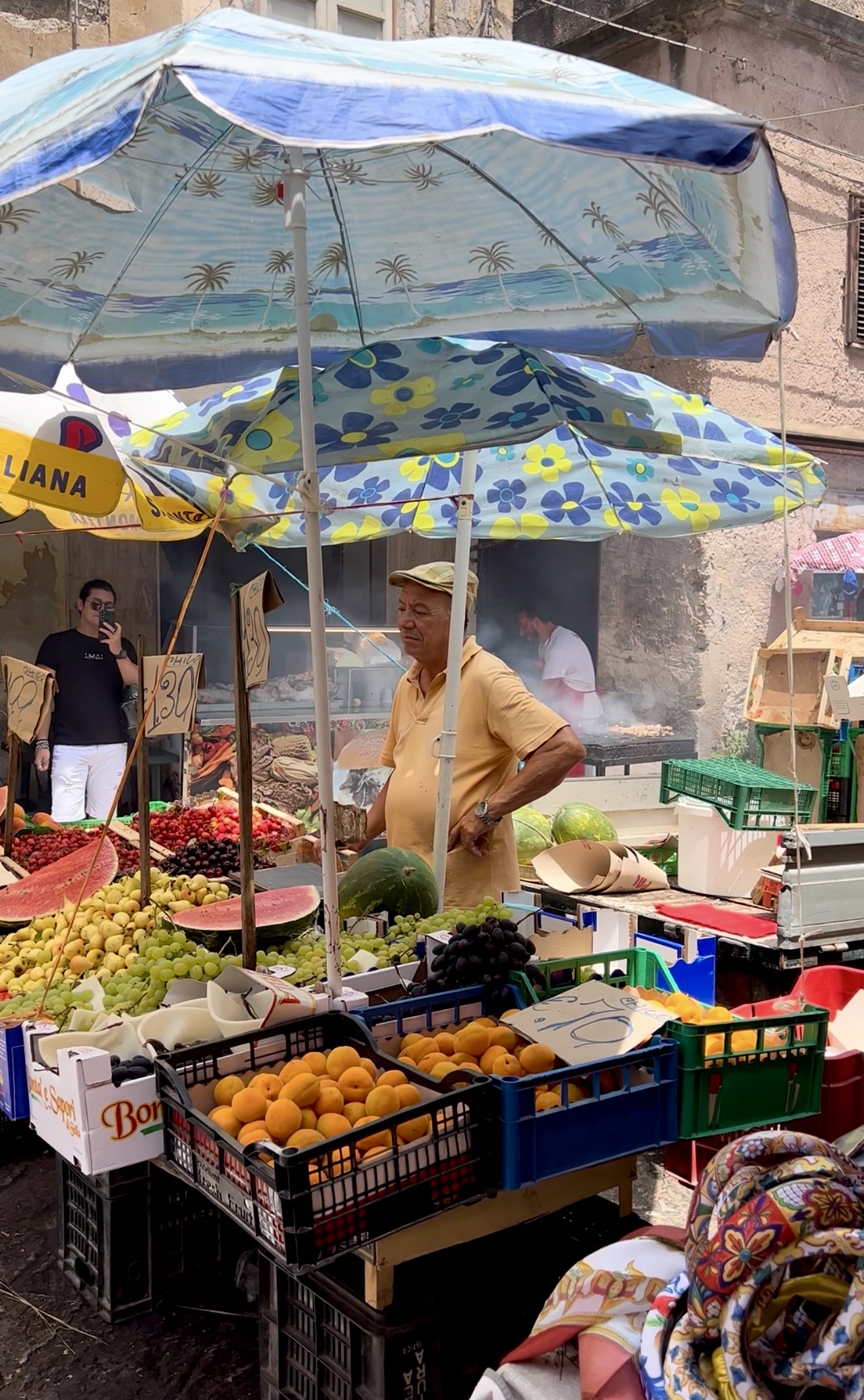
Ballarò market
At the center of the market was a grill, plates of arancini to the left and platters of uncooked stigghiola to the right. I was beaming as I got his attention. Vitello? Si. He had veal on the grill. Across the way, at a butcher shop, another man was preparing lamb intestines. The difference between the two is the size. Lamb intestines are generally stuffed with spring onion, acting more like a casing than anything. Veal intestines are skewered and more voluminous, plump with its own suet.
It didn’t take long for the intestines to puff up and char. The stigghiolaru cut the intestines into pieces and handed them to us on a paper plate with lemon. It was 10 AM and we were sitting in a market surrounded by purveyors of local delicacies with nothing but smoke and the Italian language hanging in the air. Once more, idyllic comes to mind. Everything that came before that moment didn’t count, didn’t matter. It was all leading up to this. I think I moaned as I tasted it. Rich, smokey, and chewy, the stigghiola was everything I had built it up to be in my head.

Finally, stigghiola
My head, being the imperative words there. My very patient and accommodating girlfriend on the other hand? She took a bite, looked at me like I was crazy, and went to buy arancini instead.
That’s how it goes sometimes. Italy is different things to different people; Italian food has as many iterations as there are pizza restaurants globally. The question of authenticity is as big as that. Who’s to say what’s real? Who’s to say what the country will give you? I found exactly what I was looking for because I knew exactly what I was after. For my parents, well, it’s up in the air. They know a country can’t be the total solution to their retirement woes; what they want is a genuine stage to build genuine lives. My mom has her Italian visa already; my dad’s getting his next month. A lease on a place in Calabria is waiting to be signed. I can’t wait to see what they make of it.
